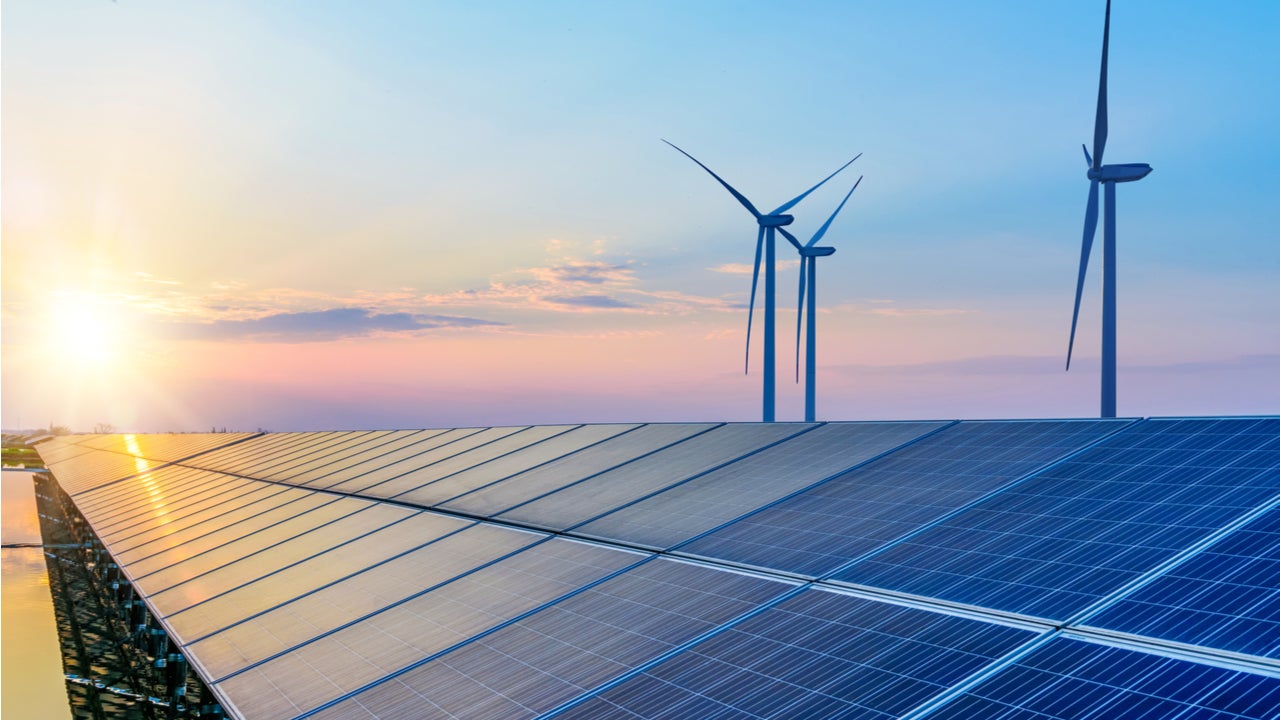Environmental, Social, and Governance (ESG) concerns are driving leaders in the power industry to reduce exposure to fossil fuel generation and replacing it with low carbon sources. At the consumer level, individuals now want to power their homes and businesses with renewable power. Not only does renewable generation improve sustainability credentials, but it is also beginning to improve revenues.
Listed below are the key technology trends impacting the ESG theme in the power industry, as identified by GlobalData.
Hydrogen
Hydrogen will become a game-changer by being the source of cleaner power (zero-emission fuel) on a massive scale. Hydrogen is light, storable, energy-heavy, and does not produce direct carbon emissions or greenhouse gases (GHGs). In the short- to medium-term, hydrogen technology could be used to replace compressed natural gas (CNG) in some areas with minor changes to the existing infrastructure.
Hydrogen technology can serve as a long-term, large-scale clean energy storage medium that aids power generation from renewable sources. However, formulating a cost-effective and well-regulated transition is a complex issue, and the cost of producing hydrogen from renewable energy sources is currently expensive.
While the use of hydrogen as a fuel produces no carbon emissions, its production most often does. There are a variety of ways to produce hydrogen: brown hydrogen is derived from the gasification of coal or lignite; grey hydrogen from steam methane reformation; blue hydrogen is derived as grey but uses carbon capture and storage (CCS), and green hydrogen is produced by electrolysing water.
The production of grey and blue hydrogen generates large amounts of emissions, with the former resulting in 9 to 12 metric tons of CO2 per metric ton of hydrogen produced. Blue hydrogen would produce roughly half the carbon emissions, but green hydrogen is the only carbon-free production method. Electrolysis capacity is currently limited, making green hydrogen expensive to produce.

US Tariffs are shifting - will you react or anticipate?
Don’t let policy changes catch you off guard. Stay proactive with real-time data and expert analysis.
By GlobalDataCarbon capture and storage (CCS)
CCS technology is a potential answer to global carbon emission concerns, as it prevents the release of large amounts of CO2 emissions into the atmosphere from fossil fuel power plants. CCS technology comprises a three-step process where anthropogenic CO2 emissions are captured, transported, and stored in deep geological formations to prevent the release of hazardous gas into the atmosphere.
CO2 capture processes can be considered new to the power industry but have been used for the past 60 years in the oil, gas, and chemical industries. The technology has the potential to capture 90% of CO2 emissions from conventional fossil-fuelled plants.
Electrification
A key enabler of a decarbonised future is the universal provision of access to electricity. One of the UN’s Sustainable Development Goals (SDGs) is that, by 2030, all populations worldwide should have access to electricity. As of 2019, 90% of the people in the world have access to electricity, but this figure comprises only 46% in sub-Saharan Africa, according to World Bank data. Over 800 million people still do not have reliable access.
Urban electrification will be the heart of many technological advancements in the electricity market. New opportunities for developing smart grids, microgrids, and heat pumps will be presented as industrialising areas electrify. Indeed, sub-Saharan Africa is the fastest-growing region in the world today, and, in the next 30 years, there will be more people in the region’s urban areas than in rural areas. This industrialisation will bring a wealth of opportunities for utilities to develop technology and grow their business.
Energy storage
Energy storage systems (ESS) technologies can help manage power during peak load periods, enabling energy management, providing bridging power, and enhancing the quality and reliability of power. It also facilitates the integration of distributed renewable energy sources into the grid, which can be used to meet the demand.
The major ESS technologies include pumped hydroelectric storage (PHS), compressed air energy storage (CAES), flywheels, batteries, and capacitors. According to the International Renewable Energy Agency’s (IRENA) Renewable Energy Roadmap 2030, 475 gigawatts (GW) of ESS would be required to meet the target of 45% power from renewable sources in the energy mix by 2030. In recent years, lithium-ion batteries have gained prominence due to their higher efficiency when compared to other battery technologies.
Energy storage installations linked with the electricity grid and ancillary services are expected to surge in the coming years due to major drivers such as increased renewable energy integration, growing energy demand, asset retirements, and smart digital technology innovation. Energy storage installation among end-users is projected to witness larger growth due to smart grid development.
The total installed capacity of battery energy storage stood at 12.65 GW globally in 2020, led by the US. Countries such as the UK, South Korea, China, and Germany are the other top countries aiding growth in battery storage. Despite the Covid-19 pandemic, the global energy storage market will rebound in 2021 and is expected to record accelerated growth from 2022 onwards, with global energy storage capacity additions reaching 42 GW in 2025.
Renewables
Demand for new renewable projects has risen dramatically in recent years due to a variety of reasons. Both input cost and cost of generation have fallen for renewables, making them a more competitive generation method, and consumers are increasingly more willing to switch to low-carbon energy suppliers. Furthermore, governments are increasingly eager to subsidise new renewable projects due to their popularity amongst electorates.
It is expected that by 2030, almost 40% of the global demand will be powered by renewables. The trend over the next 10 years shows an increase in renewables due to increasing investments in clean technologies. From 2024 onwards, renewables are projected to lead the mix, overtaking coal-fired power generation.
This is an edited extract from the ESG (Environmental, Social, and Governance) in Power – Thematic Research report produced by GlobalData Thematic Research.



